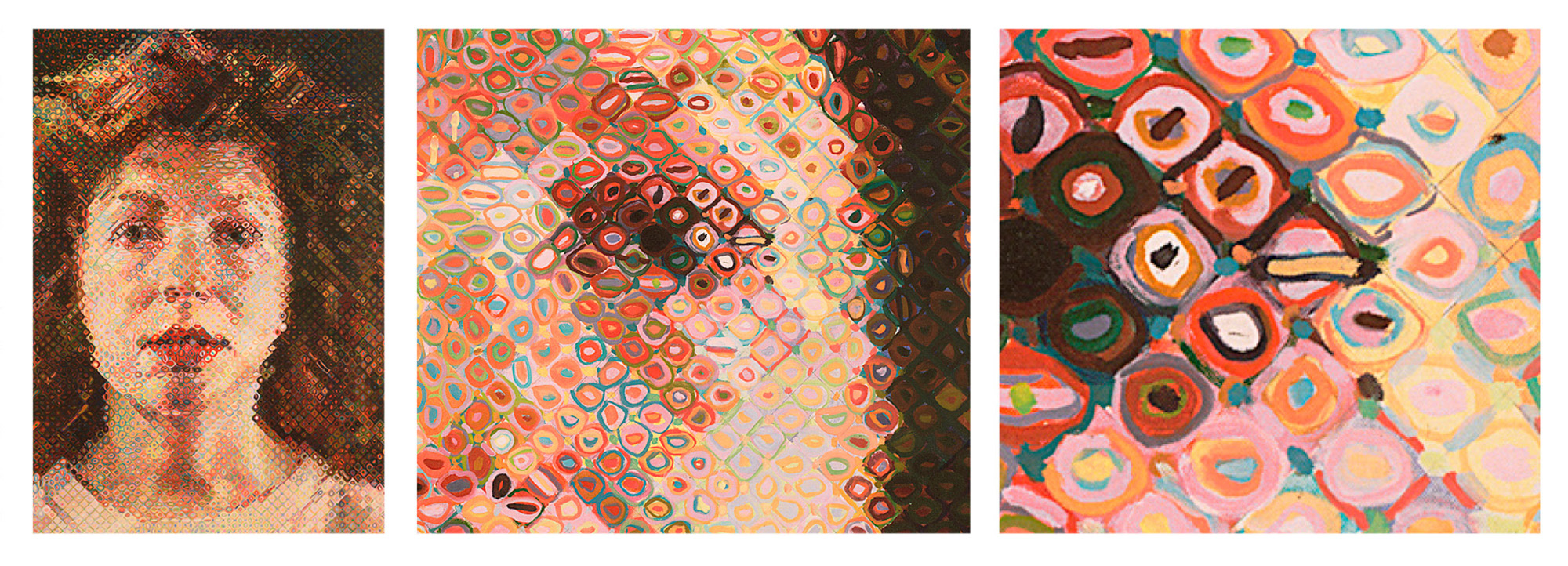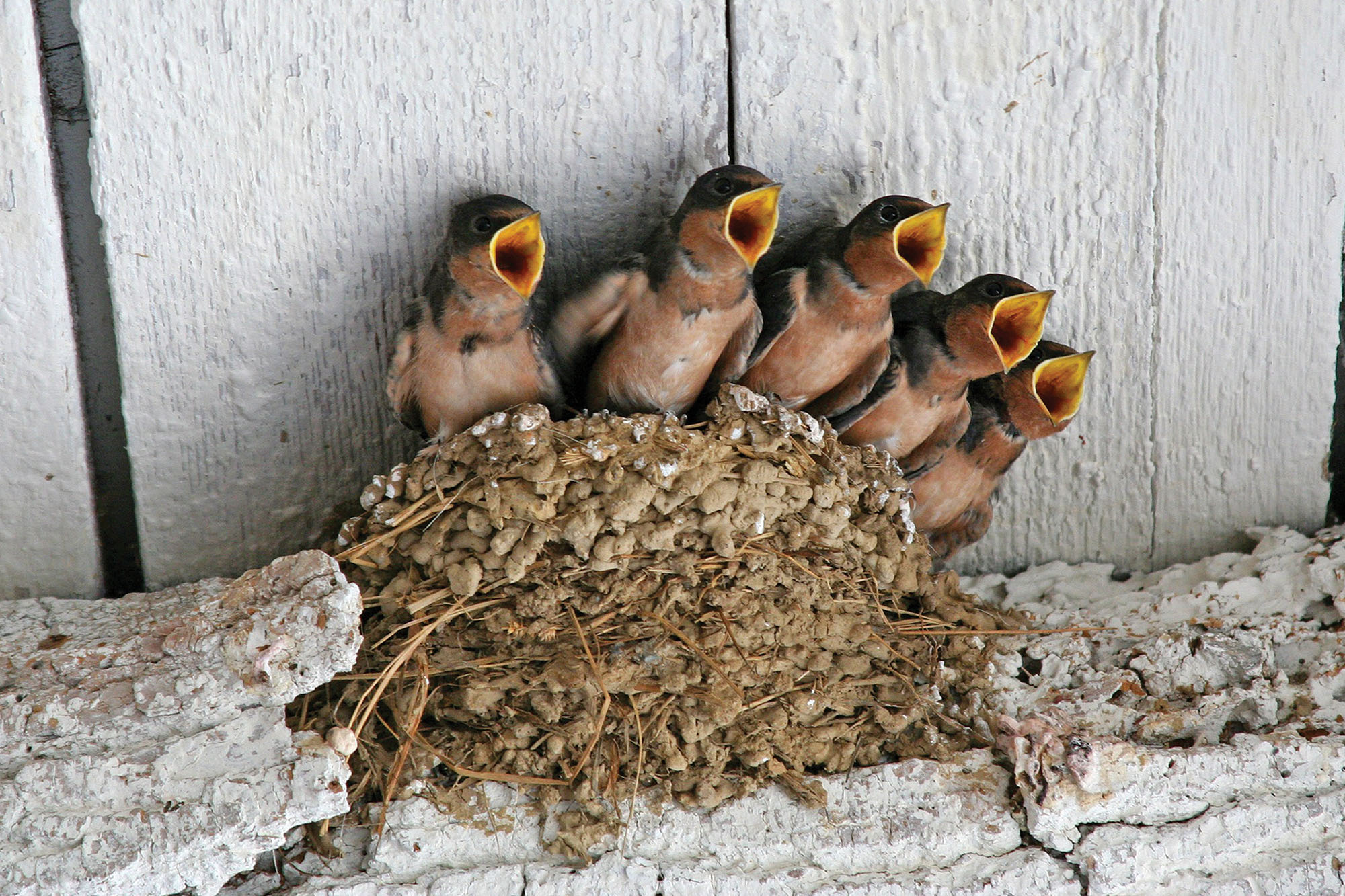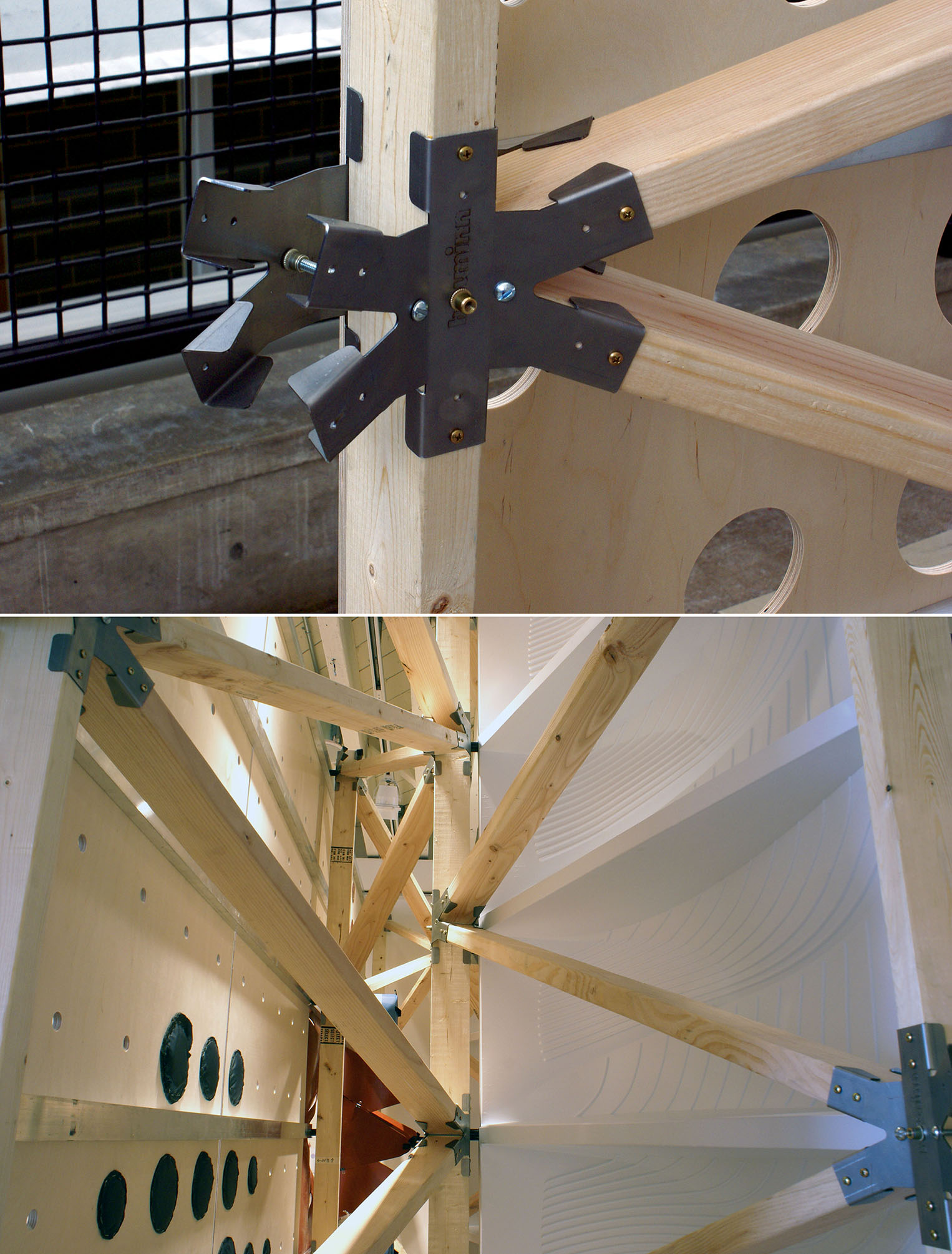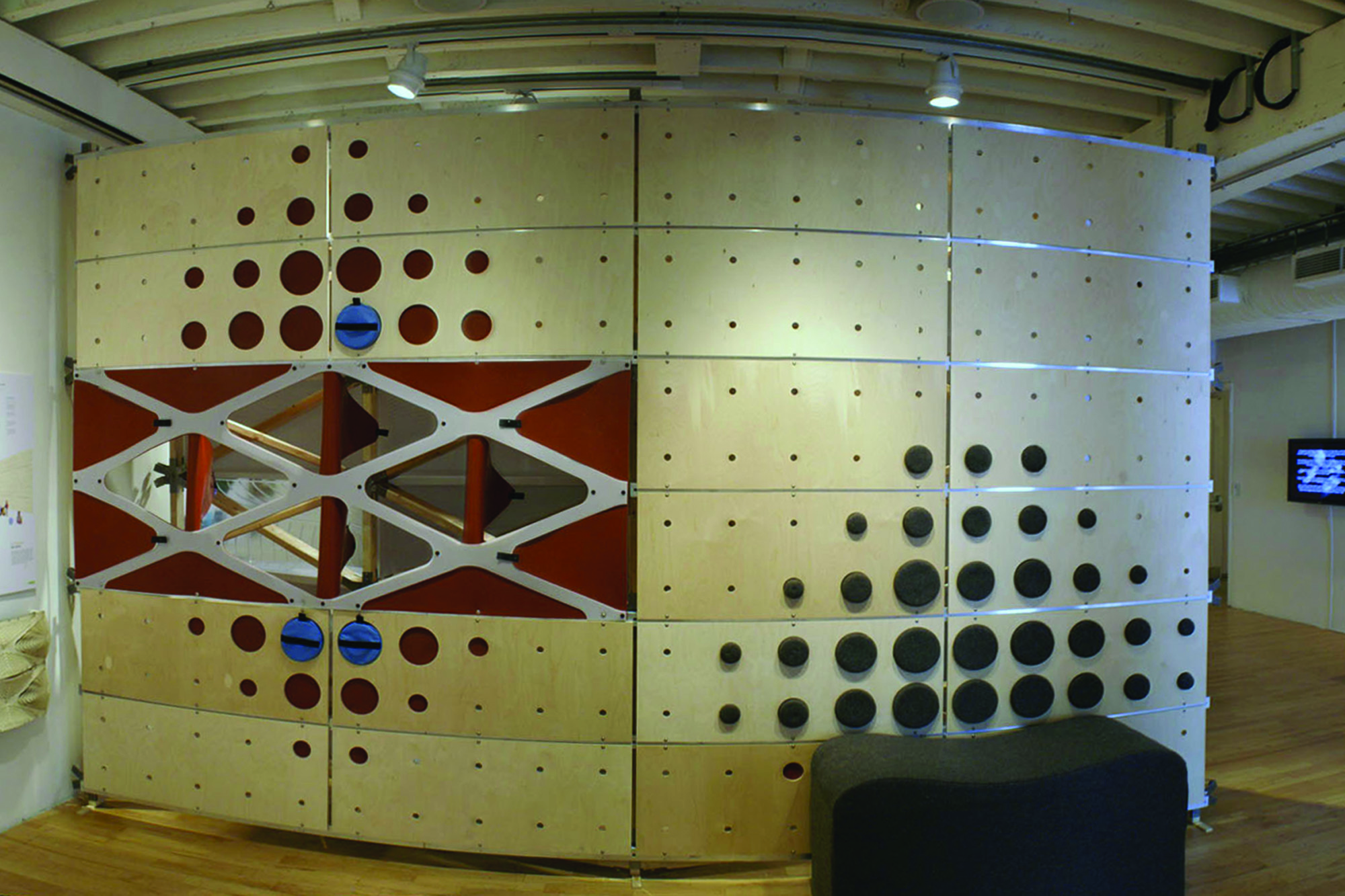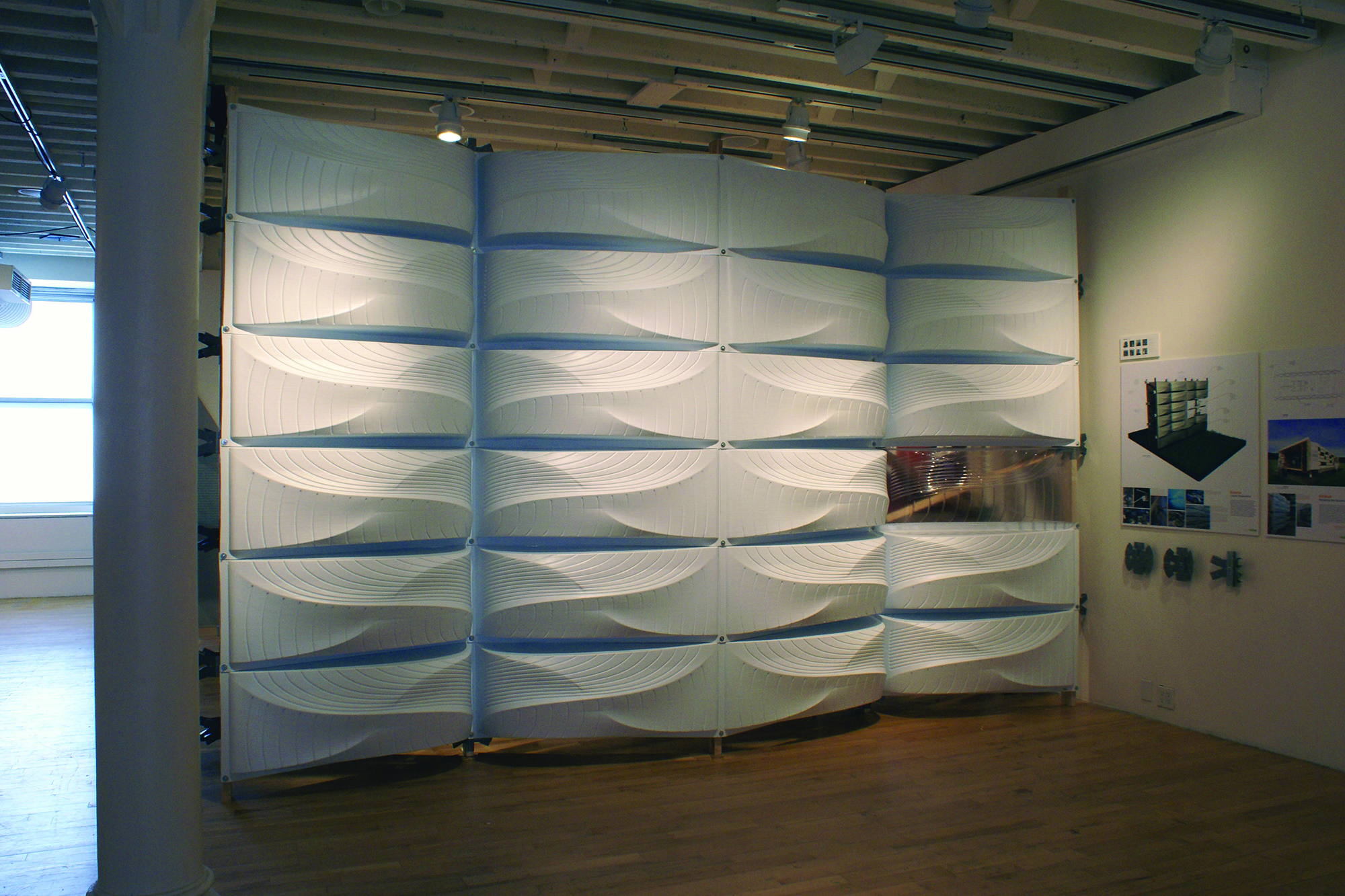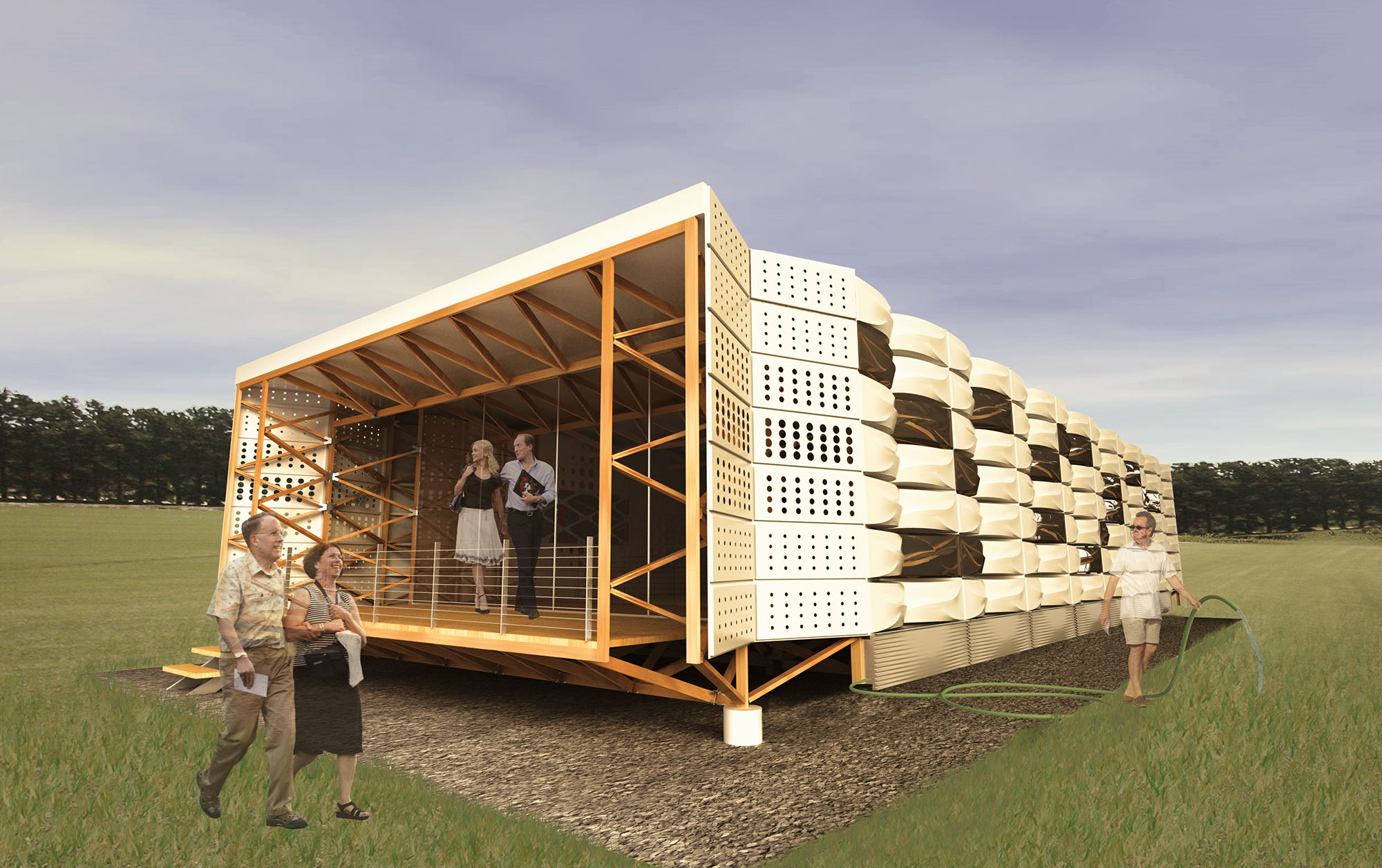OSWall (Open Source Wall) V2
A more complete proposal
Our strategy for OSWall (Open Source Wall) is predicated on the notion that the house is an assembly of parts that will evolve and that as designers and occupants we should create a system that allows the house to do just that. OSWall is inspired by the rampant popularity of “apps” (or applications) for phones. If a wall system could employ this open-source model for quickly delivering technological innovations to the user, we believe the house would become a constantly evolving, continually improving organism. We are working with an open structural armature (a thin net-like structure) and relatively inexpensive modular panels (“apps”) capable of performing basic tasks. Each app can be easily replaced when newer, more advanced versions are developed. These apps can also be relocated within an existing wall, as need dictates. This flexibility results in a home capable of being specifically tuned to its changing environment. We are arguing that our homes and their systems should be thought of in terms of software, hardware, and operating systems. They should and will be rapidly improved upon. They should and will be replaced, redistributed, and recycled. By introducing an open-source strategy for modifying the parts and systems of the home, we anticipate a rapid evolution. Temporal or cyclical obsolescence - obsolescence as a local or short-term condition - could imply the changing of a brick during the winter, as a car-owner would switch to snow tires. Parts in OSWall are intended to be replaced, reused, and relocated. OSWall is designed to embrace obsolescence. We are not arguing for designed failure in economic terms. We are promoting the willingness to consider that each system is always in play. Houses are they are designed today are too static. We believe situated and specifically calibrated obsolescence is precisely the strategy that renders the project economical, efficient and light.
Three governing tenants of OSWall
1. Treat building performance as an issue of resolution -
Each “App” handles a specific tasks.
2. Specifically tune a building based on microclimate, programmatic variation, and advancements in technology.
3. Develop a universal structural system (bracket connector) for erecting a basic house quickly, efficiently and inexpensively. Do this with very few tools and little waste. Variations are in development using bamboo and smaller dimensional lumber sections.
Awards/exhibits
Envelop{e}s, Pratt Manhattan Gallery, March 5 - May 1, 2010
Muscarelle Museum of Art, College of William and Mary, September 18 - October 24, 2010
Publications
“Built to Change”
Matter: Material Processes in Architectural Production. ed. Gail Borden and Michael Meredith (London, England: Routledge Press, Taylor & Francis Books, 2011)


